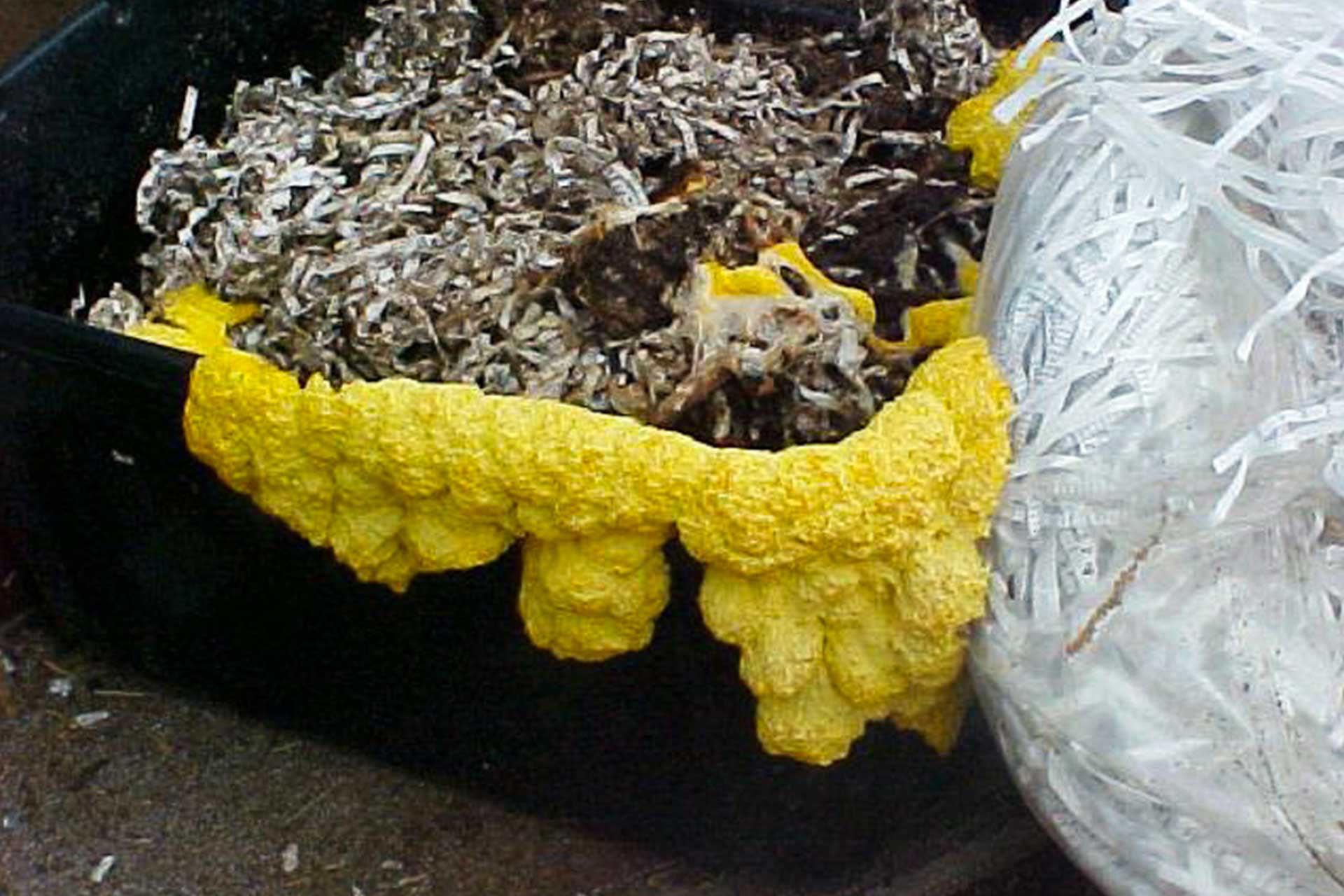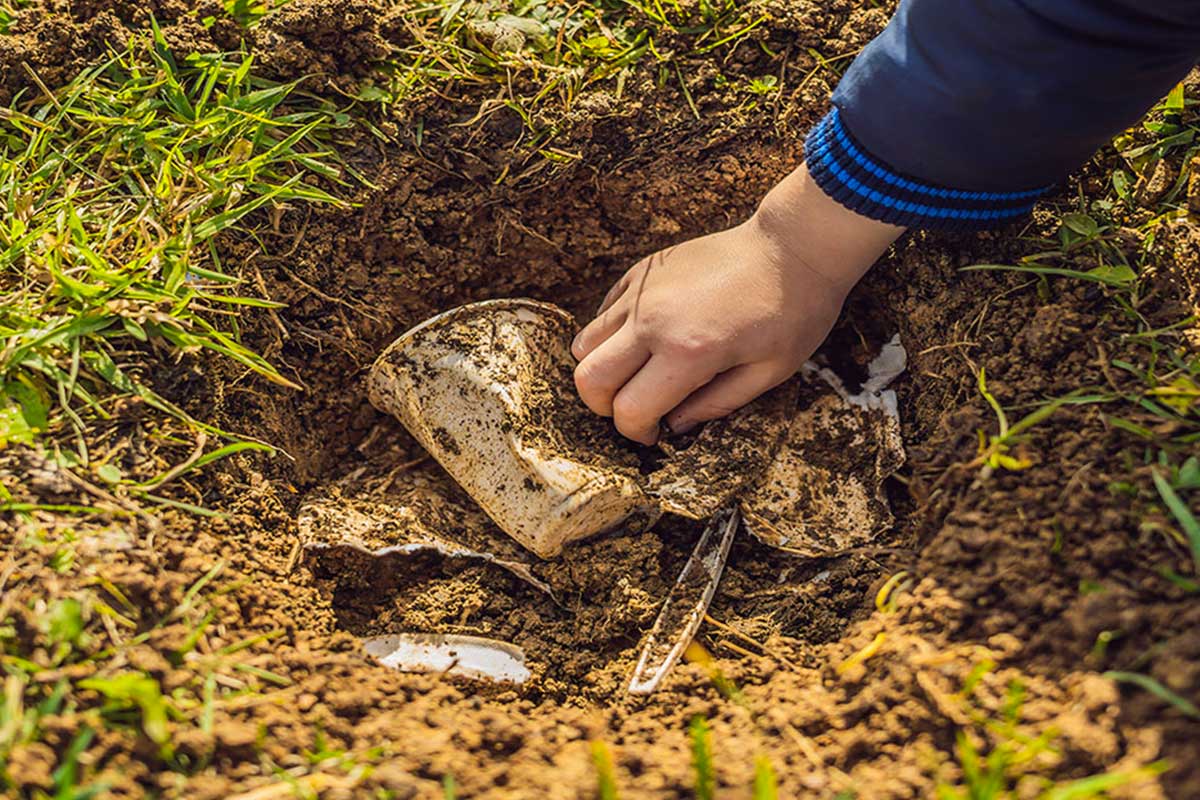Consumer awareness of the impact of plastics has encouraged manufacturers to launch new eco-materials, mistakenly implying they all belong in the same category
Biodegradable and compostable: terminology and meaning
Biodegradable and compostable are two words which are often used interchangeably when talking about recycling. The year-long project on recycling and AD facility services conducted by Éco Entreprises Québec, will help to better understand this subject. Éco Entreprises Québec is a private non-profit organization that represents companies who place containers, packaging and printed matter on the market in Québec.
The aim is to finance the costs of municipal curbside recycling services, and optimize innovative approaches with a view to sustainable development and circular economy. The difference between biodegradability and compostability relies on two main factors: time of degradation and effects on the environment. The degradation of compostable plastic should happen at a similar rate of composting of food and green waste; for the degradation of biodegradable plastics, there isn’t a set time scale.
Everything could be considered biodegradable if it wasn’t for the necessity to measure the time of degradation, which is different for every object. Unlike biodegradable plastics, compostable plastics should not leave recognizable or toxic residues once the degradation has occurred. Compostable plastics are biodegradable but not all biodegradable plastics are compostable, so the two definitions are not interchangeable. From the report, it’s clear that both categories are very difficult to differentiate or be adapted to current processing facilities regardless of the waste stream, contributing to the emergence of many issues.
The consequences of dissolving both materials
Anything biodegradable will break down quickly and safely into harmless compounds. The factor that makes a substance biodegradable is the original material it’s made out of. In general, this means anything that is plant-based, animal-based or natural mineral-based. However, they will break down at different rates depending on the chemical composition of the material and how much it was previously processed.
According to the American Society for Testing and Materials (ASTM), anything that undergoes degradation resulting from the action of naturally occurring microorganisms such as bacteria, fungi, and algae, can be considered biodegradable. They are slowly broken down until they are able to be consumed at a microscopic level. On the other hand, for an object to be compostable, it requires having the ability to break down whilst simultaneously generating natural compounds, so to not cause any harm in compostable environments.
The ASTM defines compostable as anything that undergoes degradation by biological processes in about ninety days, during which CO2, water, inorganic compounds and biomass are produced. Although biodegradable materials return to nature and can dissolve completely, they sometimes leave behind traces of metal residues. What’s different in the degradation process of compostable materials is that they leave behind humus full of nutrients and antioxidants for the soil.
The difference between recycling and anaerobic streams
Besides their definition, there is also a big difference regarding the recycling and anaerobic digestion streams, where compostable materials usually end. The recycling stream’s mission is to collect and sort containers, packaging and printing matters in a way to prepare them for the use of the recyclable materials. Meanwhile, the composting in AD streams is transformed through a controlled and accelerated process.
In recycling, the objective is to reintroduce recyclable materials into the manufacturing process of a new product or a new packaging in a way to replace virgin materials. On the other hand, in industrial composting streams, the finality is to return quality compost to the soil. In the recycling stream, the process starts by collecting and sorting materials into different categories, to prepare them to be repurposed as a new material for another packaging or a product. The composting and anaerobic digest stream transforms food and green waste into compost or digestate – a nutrient-rich substance that can be used as fertilizer – so it can return to the soil as a natural conditioner.
Educating on the identification and use of terms
Regardless of which processing stream the compostable packaging is found in, there is still a risk of it ending up in landfill. There are a few things that companies can do to make the processing of these products easier. Design is the best way to improve packaging, the preservation of the food or the product inside but also its environmental impact. During the design phase, producers can implement end-of-life information of the packaging or reusability criteria for the customers.
Another aspect to consider is reducing overall impact and use of resources to embrace a circular economy approach. This includes ensuring transparency and traceability from the time of the extraction of the material and the type of transport used. Other recommendations are aimed at governments and the need to develop better framework for environmental claims and better alignment of laboratory conditions for compostability certification and those used in the field. There is still a lot of confusion when it comes to distinguishing biodegradable and compostable plastic packaging.
They are not easy to differentiate, influencing consumer habits as well. Also, the use of these terms is often not verified by a third party so we can reasonably doubt the compostability and biodegradability rate identified as such by a manufacturer. While there are voluntary certification programs in place to certify that the product is suitable for composting, the results obtained in laboratories are different from the ones from the field. Some countries, like Australia and France, have banned the use of the term ‘biodegradable’ because it can be potentially confusing, and whose meaning has been declared unclear.
The impact of biodegradable and compostable packaging
What if governments massively invested in organic processing facilities? Future state of management is supposed to change the vocation of composting sites, which seems currently counterproductive. The challenge is that there are no standardized lists of materials accepted in a collection of organic materials, so every facility has to decide for itself whether to accept or reject compostable packaging.
At an international scale, institutions may suggest practices which could be applied. Some organizations like the McCarthy Foundation and the Sustainable Packaging Coalition seem to agree that compostable packaging is best reserved for specific applications in the food industry as there is a greater chance for them to be found in compost bins. When we look at the output of composting streams, the impact that compostable plastic packaging has is negative because even though it does not harm the environment it is dissolved in, it does not add any value to it either.
Some small sprouts of plastic material can even resist the degradation process, resulting in soil contamination. This is why it would be useful to document the impact on the quality of digestate used in soil amendment and study the subsequential impact of residues on different types of soil. While firstly meeting the needs of the product, businesses marketing biodegradable and compostable packaging should design their packaging without compromising on the life cycle analysis of each design, whether they are reusable, single-use or with a short life span.
Éco Entreprises Québec (ÉEQ)
A private non-profit organization that represents the companies that place containers, packaging and printed matter on the market in Québec in their responsibility to finance the costs of municipal curbside recycling services. Éco Entreprises Québec’s mission is to optimize the recycling value chain by implementing innovative approaches with a view on sustainable development and a circular economy.




















